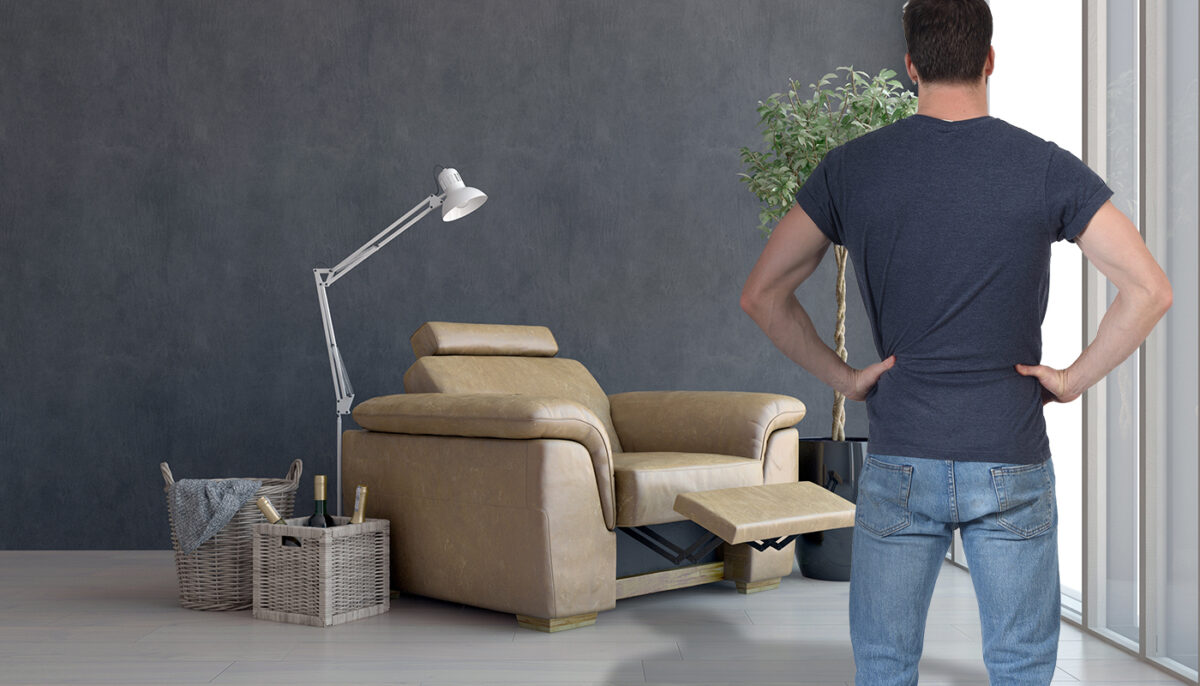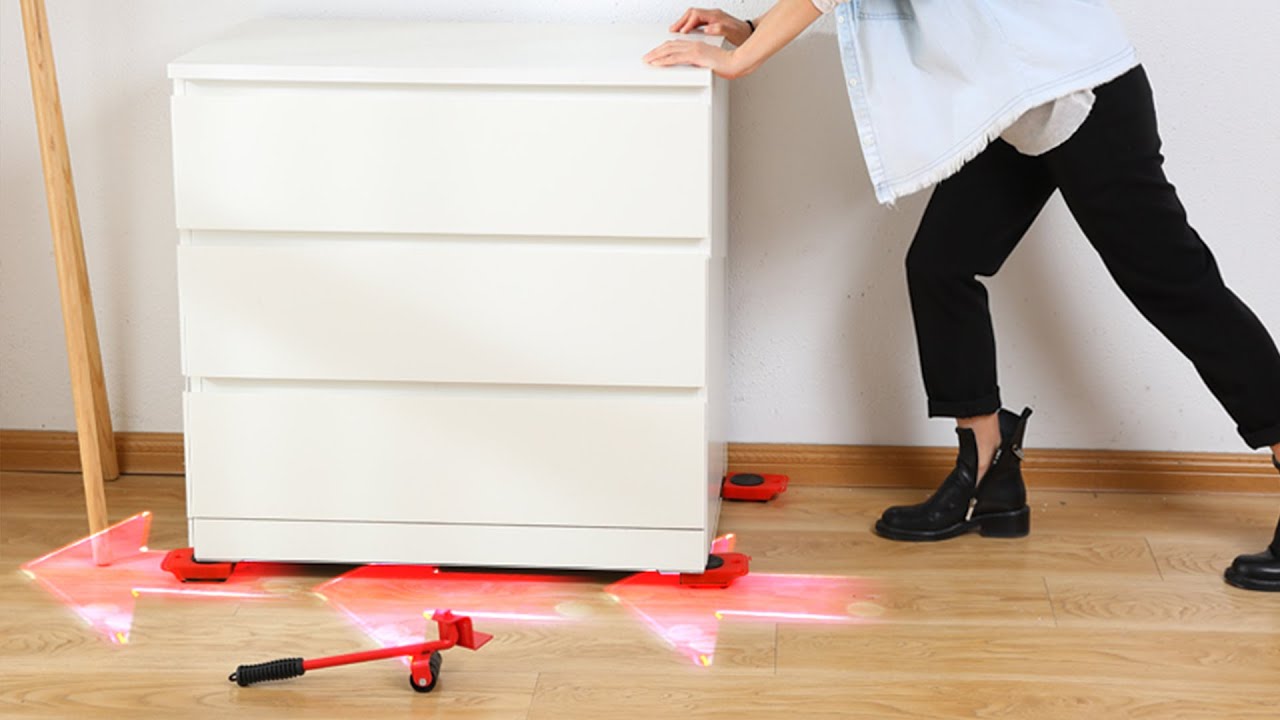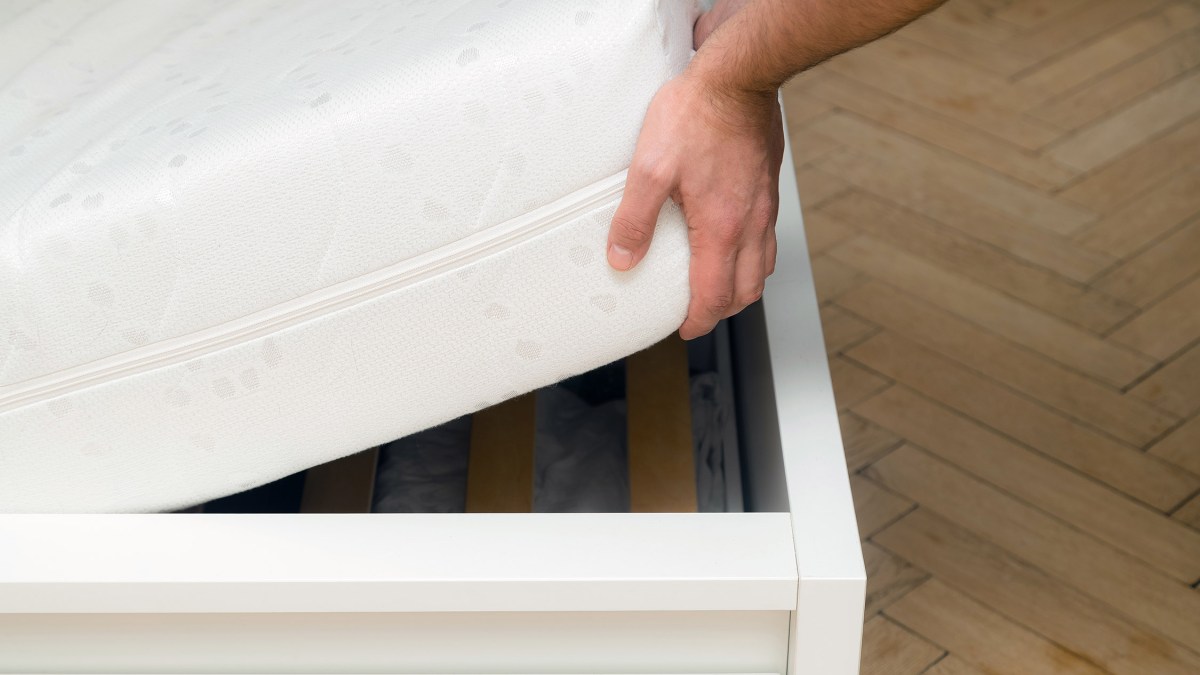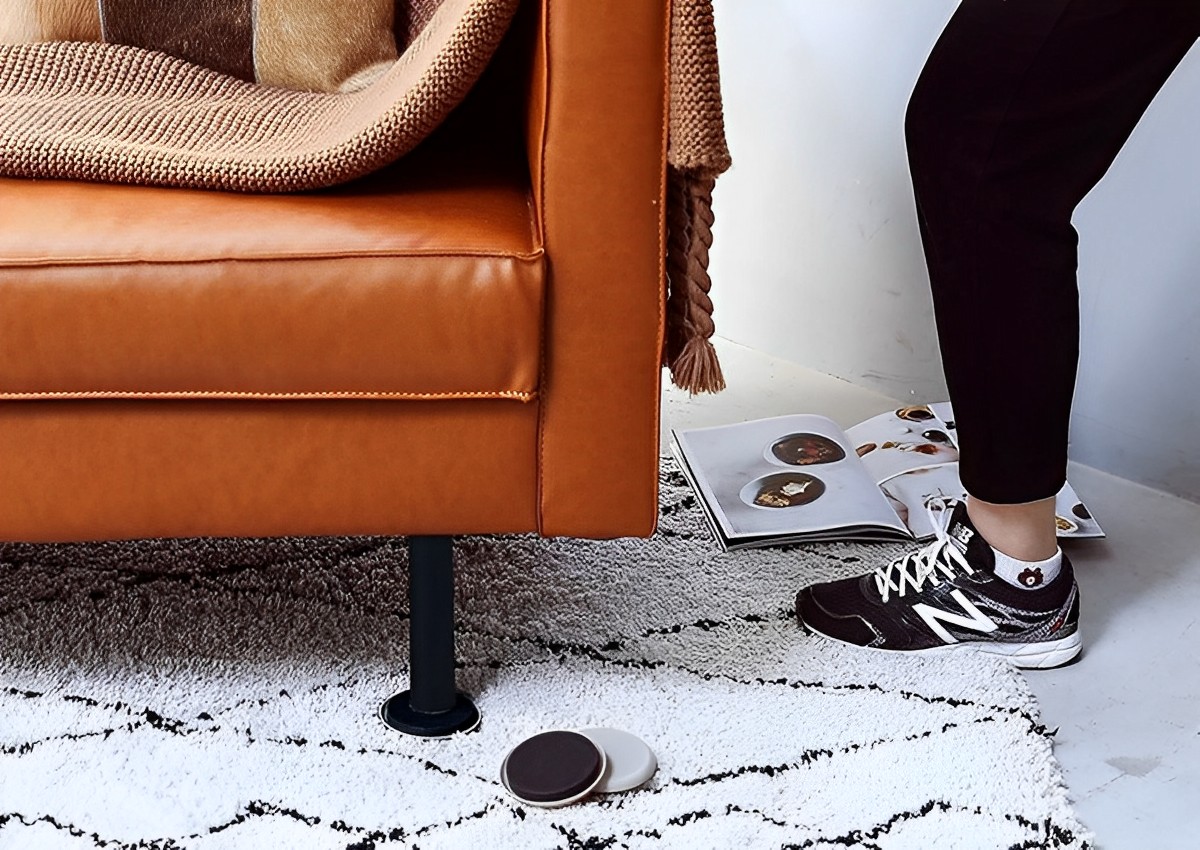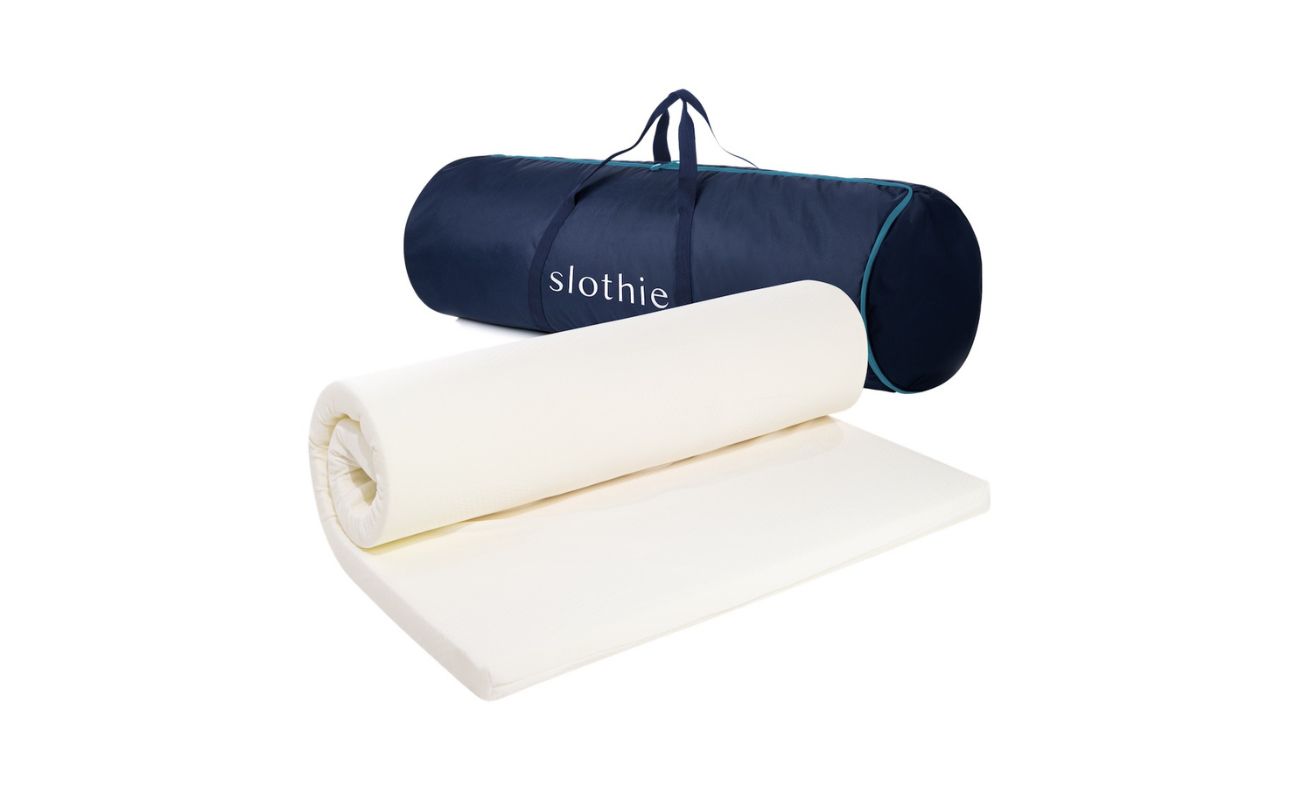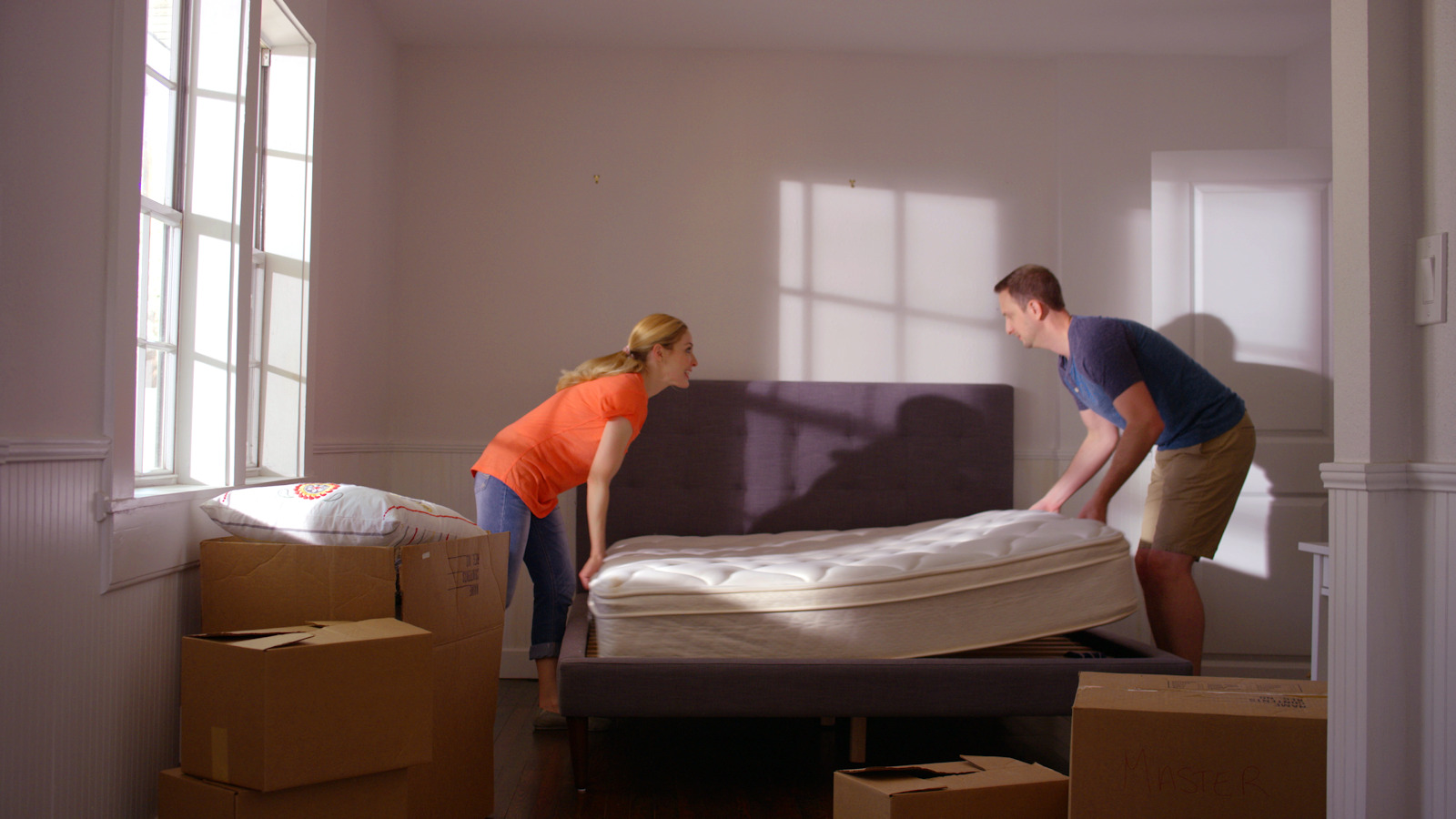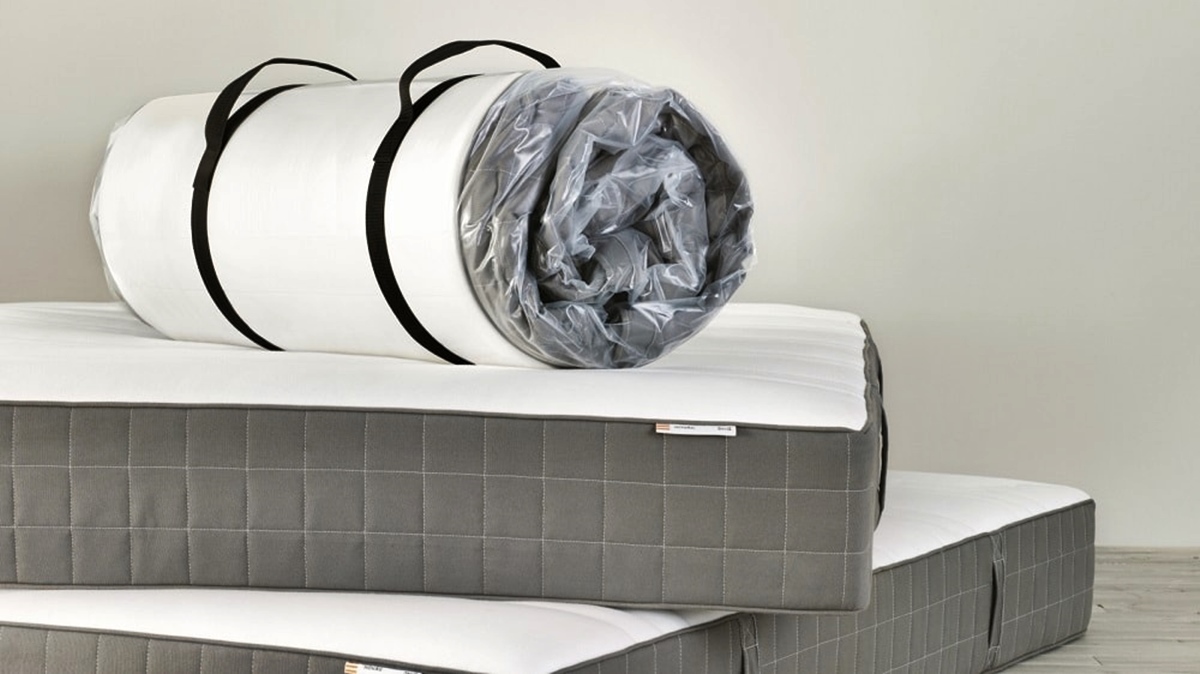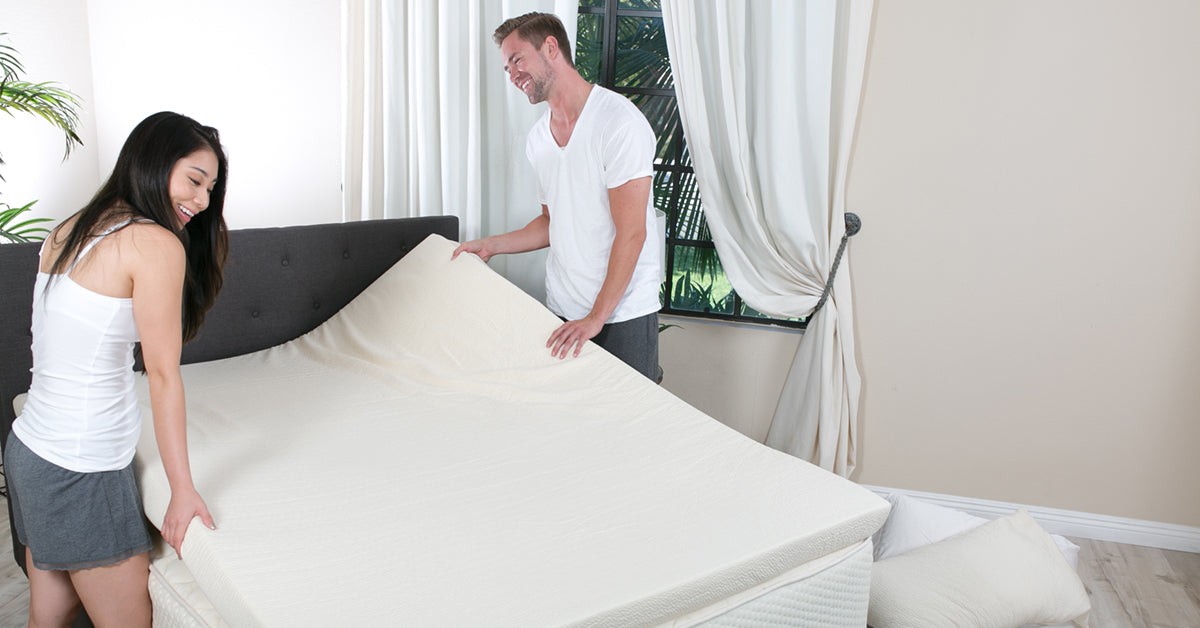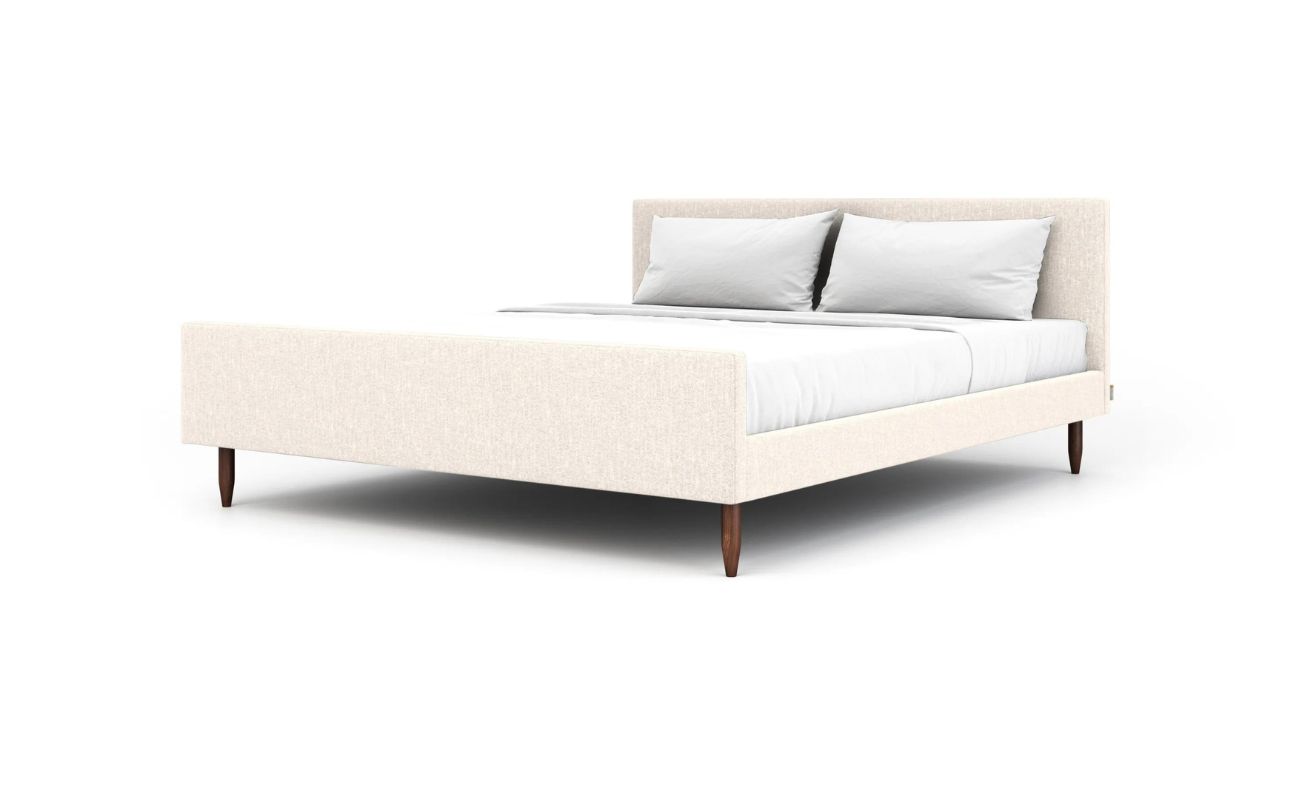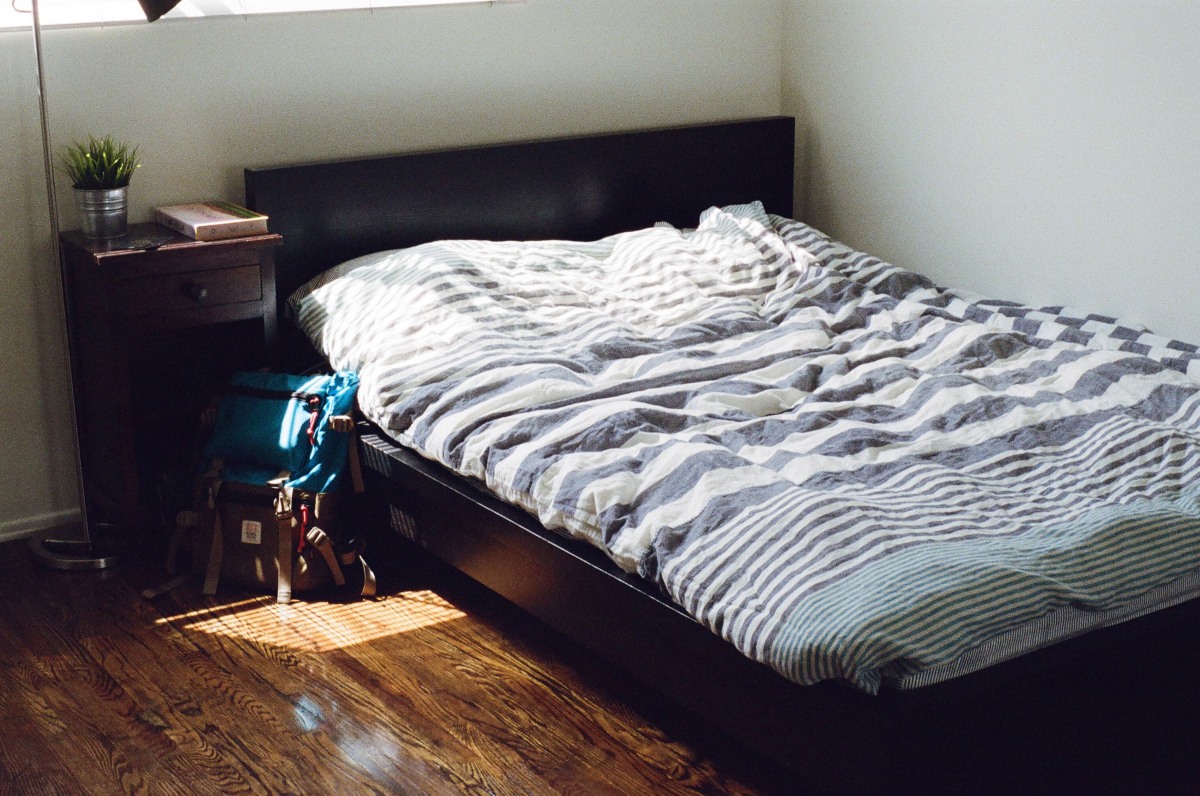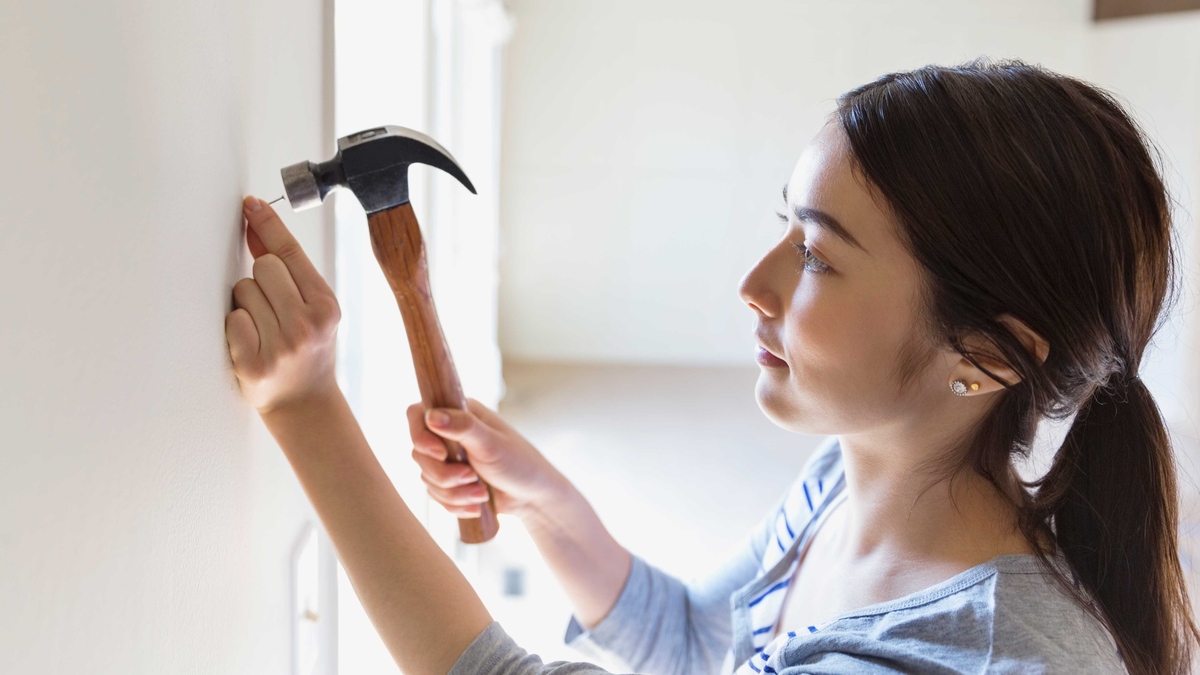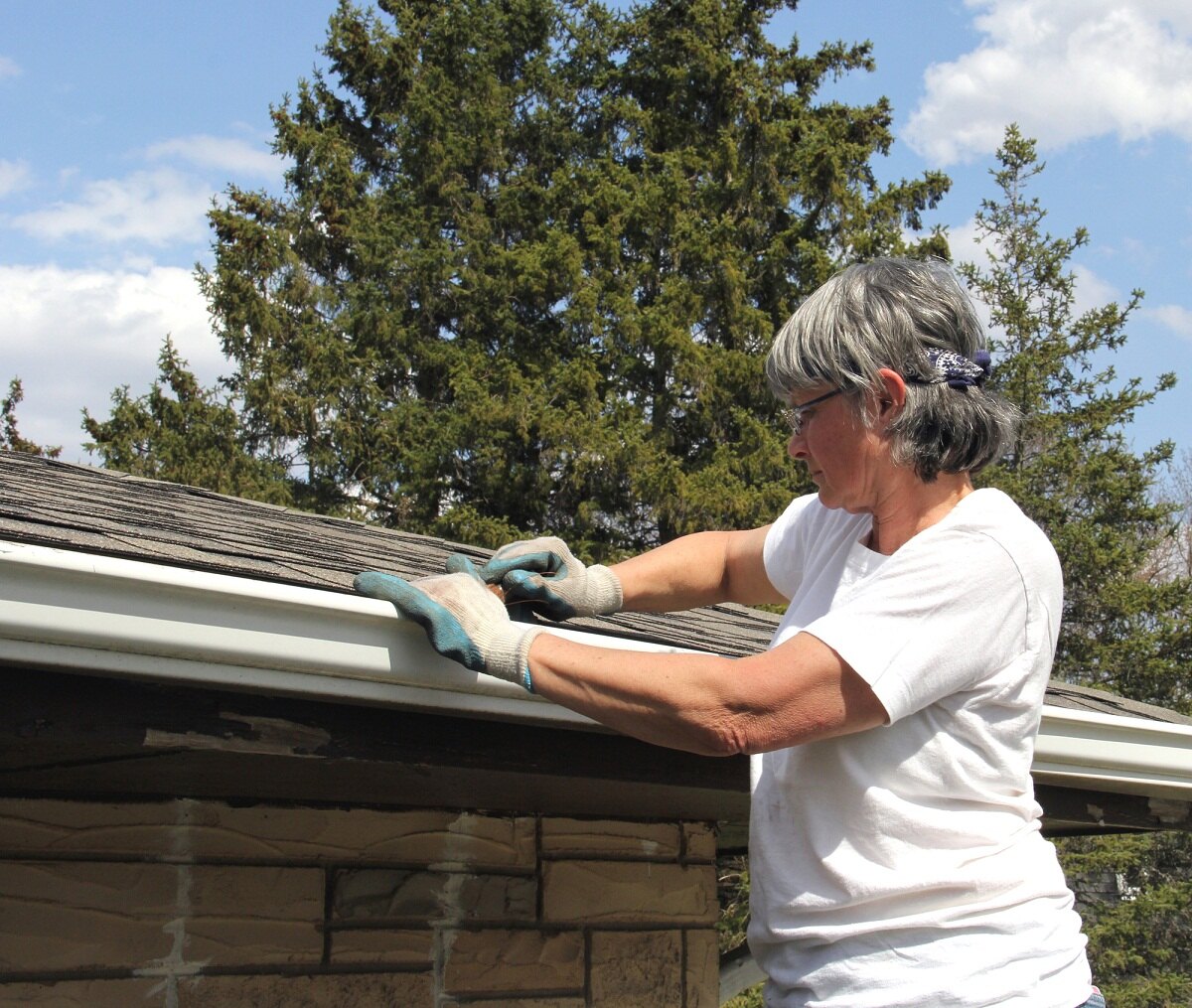Home>Furniture>Bedroom Furniture>How To Move A Mattress By Yourself
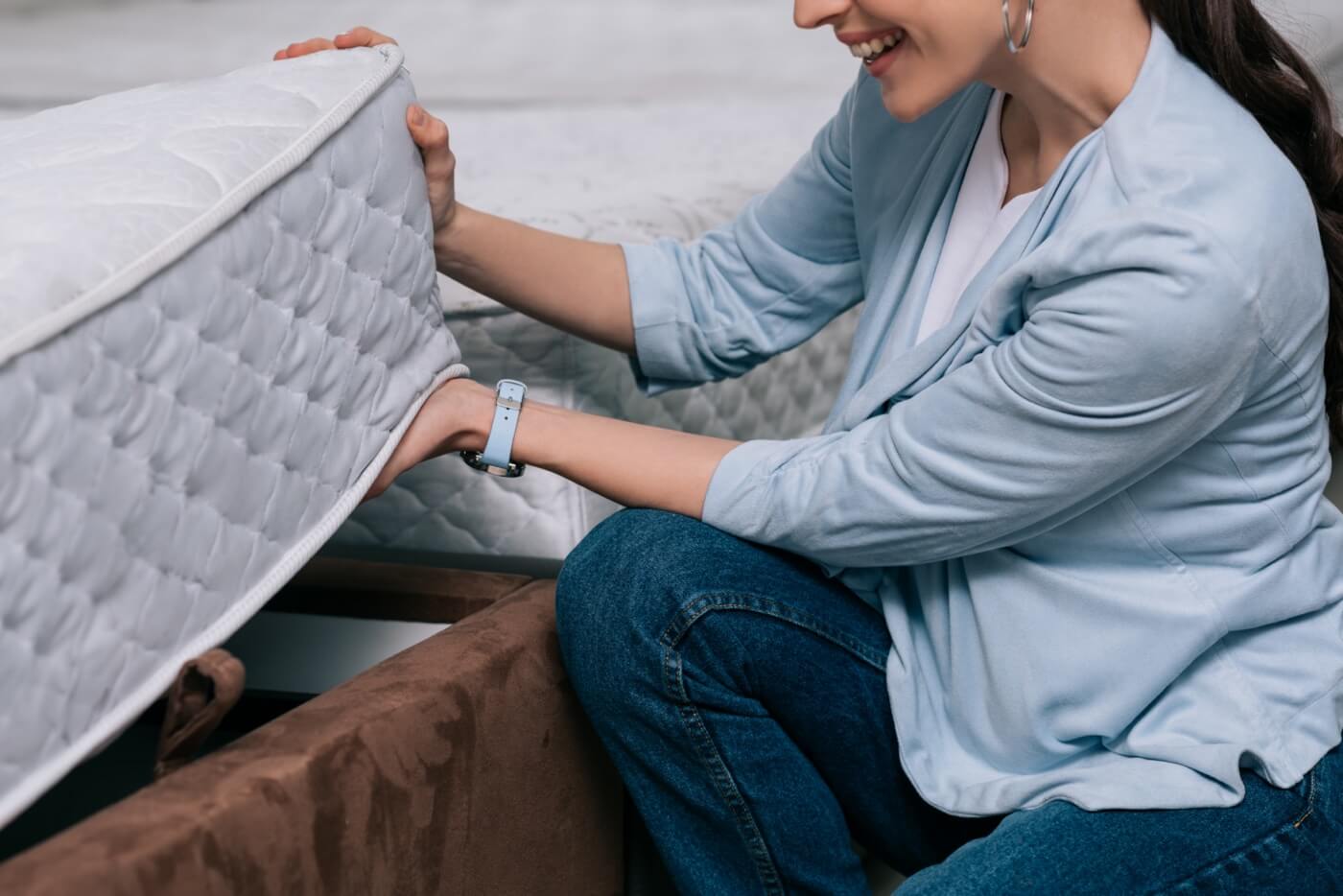

Bedroom Furniture
How To Move A Mattress By Yourself
Modified: August 23, 2024
Learn how to move a mattress by yourself with our easy step-by-step guide. Safely transport your bedroom furniture without any hassle.
(Many of the links in this article redirect to a specific reviewed product. Your purchase of these products through affiliate links helps to generate commission for Storables.com, at no extra cost. Learn more)
Introduction
Moving a mattress can be a daunting task, especially when you have to do it alone. Whether you’re relocating to a new house or simply rearranging your furniture, knowing how to move a mattress by yourself is essential. It requires careful planning and the right techniques to ensure the mattress remains intact and doesn’t sustain any damage along the way.
In this article, we will guide you through the process of moving a mattress on your own. We’ll provide you with step-by-step instructions and valuable tips to make the task more manageable and efficient. By following these guidelines, you’ll be able to transport your mattress safely and protect it from potential wear and tear.
Before we dive into the specifics of moving a mattress, let’s take a moment to highlight the importance of proper mattress care during the moving process. Mattresses are an investment, and mishandling them can lead to irreversible damage. To maintain the longevity and quality of your mattress, it’s crucial to handle it with care and take appropriate precautions during transportation.
Now, let’s explore the necessary supplies and preparations you’ll need to move your mattress successfully.
Key Takeaways:
- Proper preparation, including gathering supplies, cleaning, and protecting the mattress, is crucial for a successful solo move. Clearing a pathway and choosing the right moving method are also essential for a smooth transition.
- Prioritizing safety and effective communication when lifting and carrying the mattress, as well as securing it in its new location, are key to preventing damage and ensuring a good night’s sleep in your new space.
Read more: How To Move A Mattress Upstairs By Yourself
Gather the Necessary Supplies
Before you start moving your mattress, it’s essential to gather all the necessary supplies. Having these items on hand will make the process smoother and more efficient. Here’s a list of supplies you’ll need:
- Mattress bag or cover: Invest in a durable mattress bag or cover to protect your mattress from dirt, dust, and potential damage during the move. Make sure the bag or cover fits your mattress properly.
- Moving straps or ropes: These will come in handy when lifting and carrying the mattress. They provide extra support and make it easier to maneuver the mattress through tight spaces or up/downstairs.
- Furniture sliders or blankets: If you need to slide the mattress across a floor or protect it from rough surfaces, furniture sliders or blankets can prevent scratches and tears.
- Tape or zip ties: Use strong tape or zip ties to secure the mattress in its folded position or to keep the mattress bag tightly sealed.
- Dolly or hand truck: If you have a large or heavy mattress, consider using a dolly or hand truck to transport it. This will reduce the strain on your body and make lifting easier.
- Utility knife or scissors: These tools will be helpful when opening and closing the mattress bag or cover.
By ensuring you have all these supplies ready before you start the moving process, you’ll save time and avoid unnecessary frustration.
Next, let’s discuss how to prepare the mattress for safe transportation.
Prepare the Mattress
Properly preparing the mattress before moving it is crucial to protect it from damage and keep it in good condition. Follow these steps to ensure your mattress is ready for transportation:
- Remove all bedding: Start by stripping off all sheets, blankets, and pillows from the mattress. This will make it easier to handle and reduce the risk of items getting tangled during the move.
- Clean the mattress: Before you pack it, take some time to clean the mattress. Use a vacuum cleaner to remove any dirt, dust, or debris that may have accumulated. If there are any stains, spot clean them using a mild detergent and a damp cloth. Allow the mattress to dry completely before proceeding.
- Disassemble if necessary: If your mattress is part of a bed frame or has any removable parts, disassemble them according to the manufacturer’s instructions. This will make the mattress easier to handle and transport.
- Protect with a mattress bag or cover: Place your clean mattress inside a durable mattress bag or cover. This will provide an extra layer of protection against dirt, moisture, and potential tears. Ensure that the bag or cover is secure and properly sealed to prevent any dust or dirt from getting inside.
Once you have prepared the mattress, it’s time to clear a pathway to make the moving process smoother.
Clear a Pathway
Clearing a pathway is crucial to ensure a smooth and hassle-free process when moving your mattress. Here are some steps to follow:
- Remove any obstacles: Take a thorough look at the route you’ll be taking to move the mattress. Remove any furniture, rugs, or other objects that may obstruct your path. This will make it easier to navigate through narrow hallways, doorways, or staircases.
- Measure doorways and hallways: Measure the width of the doorways and hallways along the pathway to ensure the mattress can fit through without any issues. If necessary, temporarily remove doors or hinges to create a wider opening.
- Protect walls and corners: Use corner guards or padding to protect walls and corners from potential damage during the move. This will prevent any accidental bumps or scratches while maneuvering the mattress.
- Secure loose carpets or rugs: If there are any loose carpets or rugs along the pathway, secure them to the floor to avoid slipping or tripping hazards. This will ensure a safe and stable surface when moving the mattress.
By clearing a pathway and taking these precautions, you’ll minimize the risk of accidents or damage to your mattress and surrounding furniture.
Next, let’s discuss two different methods for moving a mattress: sliding or rolling.
When moving a mattress by yourself, use a mattress bag or cover to protect it from dirt and damage. This will make it easier to grip and maneuver, and keep it clean during the move.
Slide or Roll the Mattress
When it comes to moving your mattress, you have two primary options: sliding or rolling. Choose the method that suits your circumstances and the layout of your space.
Sliding Method:
- Ensure the floor is clean and clear of any debris or obstacles.
- Place furniture sliders or blankets under the mattress to minimize friction and prevent damage to the fabric.
- While supporting the mattress at one end, gently slide it along the floor, keeping it level and balanced.
- If needed, have someone assist you by pushing from the other end to guide and stabilize the mattress.
Rolling Method:
- Begin by folding the mattress in half lengthwise, with the top side facing inwards.
- Use a pair of straps or ropes to securely hold the folded mattress in place.
- With the help of another person, carefully roll the mattress from one end to the other, keeping it tightly compacted.
- Be cautious not to apply too much pressure, as it may damage the internal structure of the mattress.
Regardless of the method you choose, be mindful of your surroundings and take your time to prevent any accidents or injuries. Once you have successfully moved the mattress to your desired location, it’s time to lift and carry it to its final destination.
Let’s continue to the next section to learn how to safely lift and carry the mattress.
Read more: How To Move A Recliner By Yourself
Lift and Carry the Mattress
Now that you have moved the mattress to the desired location, it’s time to lift and carry it safely. Follow these steps to ensure a secure and injury-free transfer:
- Stand facing the mattress and position yourself at one of the long sides.
- Bend your knees and use your legs to lift the mattress rather than straining your back.
- Have another person join you on the opposite long side of the mattress to provide additional support and balance.
- On the count of three, lift the mattress using your leg strength, keeping your back straight and your core engaged.
- Coordinate your movements with your partner to ensure a smooth and controlled lift.
- Once lifted, carry the mattress carefully, making sure to maintain an even grip and avoid any sudden movements.
- Take breaks if necessary to avoid fatigue and strain.
It’s important to communicate effectively with your partner and establish a clear plan before lifting and carrying the mattress. Working together and using proper lifting techniques will help minimize the risk of injuries.
Before setting the mattress down, ensure that the intended location is clear and free of any potential hazards. Once you have reached your desired spot, it’s time to secure the mattress in place.
In the next section, we will discuss how to properly secure the mattress to prevent any shifting or damage during storage or transit.
Secure the Mattress
Once you have safely moved the mattress to its intended location, it’s important to secure it properly to prevent any shifting or damage. Follow these steps to ensure the mattress stays in place:
- If using a mattress bag or cover, make sure it is tightly sealed and secured with tape or zip ties.
- If the mattress was folded, ensure that any straps or ropes used to hold it together are tightly secured.
- Double-check that the mattress is positioned correctly and aligned with the edges of the bed frame or foundation.
- If using a bed frame, ensure that all screws and bolts are tightened to keep the mattress securely in place.
- Consider using mattress straps or bungee cords across the width of the mattress to further secure it to the bed frame or foundation.
By taking the time to properly secure the mattress, you can prevent unnecessary movement or damage during storage or transit. This will ensure that your mattress remains in good condition and ready for use once you’ve completed the move.
Now that you’ve learned how to move a mattress by yourself and securely position it, it’s important to wrap up with a few final thoughts.
Conclusion
Moving a mattress by yourself may seem like a challenging task, but with the right techniques and preparation, it can be done successfully. By following the steps outlined in this article, you can ensure the safe and secure transportation of your mattress, whether you’re relocating or simply rearranging your furniture.
Remember to gather all the necessary supplies, such as a mattress bag or cover, moving straps or ropes, and furniture sliders or blankets. Prepare the mattress by cleaning it and placing it in a protective cover. Clear a pathway to make the moving process easier, and choose between sliding or rolling methods to transport the mattress.
When lifting and carrying the mattress, always prioritize your safety by using proper lifting techniques and enlisting the help of another person if needed. Finally, secure the mattress in its new location by ensuring it is positioned correctly and using additional straps or cords if necessary.
By following these guidelines, you can minimize the risk of damage to your mattress and make the moving process more efficient. Properly caring for your mattress during a move will help extend its lifespan and maintain its quality for years to come.
Remember, moving a mattress by yourself requires patience, coordination, and attention to detail. Take your time, enlist the help of others when needed, and prioritize safety at all times. With the right approach and a little bit of effort, you can successfully move your mattress and enjoy a good night’s sleep in your new space.
Good luck with your mattress-moving endeavors!
Frequently Asked Questions about How To Move A Mattress By Yourself
Was this page helpful?
At Storables.com, we guarantee accurate and reliable information. Our content, validated by Expert Board Contributors, is crafted following stringent Editorial Policies. We're committed to providing you with well-researched, expert-backed insights for all your informational needs.
